The Residential Food Waste Disposer Market is currently characterized by a dynamic competitive landscape, driven by increasing consumer awareness regarding sustainability and waste management. Key players such as InSinkErator (US), Waste King (US), and Moen (US) are at the forefront, each adopting distinct strategies to enhance their market presence. InSinkErator (US) has focused on innovation, particularly in developing quieter and more efficient models, which appeals to environmentally conscious consumers. Meanwhile, Waste King (US) emphasizes affordability and energy efficiency, positioning itself as a cost-effective solution for households. Moen (US), on the other hand, has been integrating smart technology into its products, catering to the growing demand for connected home appliances. Collectively, these strategies not only enhance brand loyalty but also intensify competition within the market.
The business tactics employed by these companies reflect a broader trend towards localization and supply chain optimization. For instance, many manufacturers are increasingly localizing their production to reduce costs and improve delivery times. The market structure appears moderately fragmented, with several players vying for market share, yet the influence of major companies remains substantial. This competitive environment fosters innovation and encourages smaller firms to differentiate themselves through niche offerings.
In August 2025, InSinkErator (US) launched a new line of food waste disposers that feature advanced noise-reduction technology, significantly enhancing user experience. This strategic move is likely to strengthen its market position by appealing to consumers who prioritize quiet operation in their kitchens. The introduction of this product line not only showcases InSinkErator's commitment to innovation but also reflects a growing trend towards consumer-centric design in the industry.
In July 2025, Waste King (US) announced a partnership with a leading energy efficiency organization to promote its eco-friendly disposers. This collaboration aims to educate consumers on the benefits of using energy-efficient appliances, potentially expanding Waste King's market reach. By aligning with sustainability initiatives, Waste King enhances its brand image and positions itself as a responsible choice for environmentally conscious consumers.
In September 2025, Moen (US) unveiled a smart food waste disposer that integrates with home automation systems, allowing users to control it via smartphone applications. This strategic innovation not only meets the rising demand for smart home devices but also places Moen in a competitive position as a technology leader in the market. The integration of AI and IoT capabilities into kitchen appliances is indicative of a broader trend towards digitalization in the industry.
As of October 2025, the competitive trends in the Residential Food Waste Disposer Market are increasingly defined by digitalization, sustainability, and technological integration. Strategic alliances, such as partnerships for sustainability initiatives, are shaping the current landscape, fostering innovation and enhancing consumer engagement. Looking ahead, it appears that competitive differentiation will increasingly pivot from price-based strategies to those centered on innovation, technology, and supply chain reliability, as companies strive to meet evolving consumer expectations.


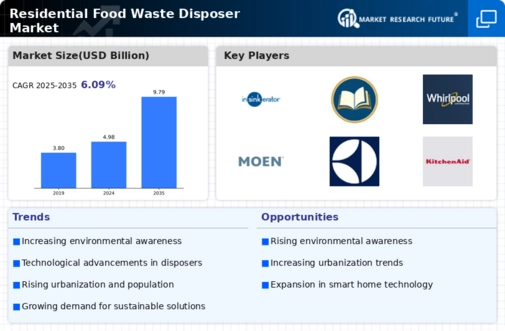
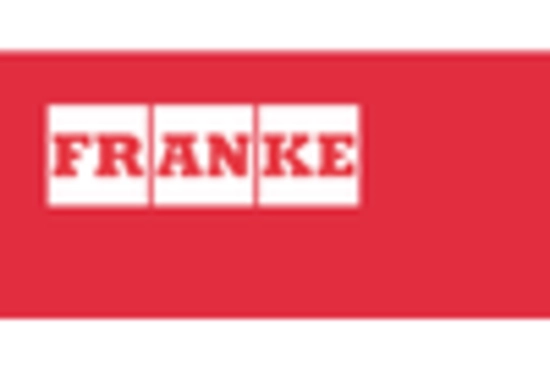
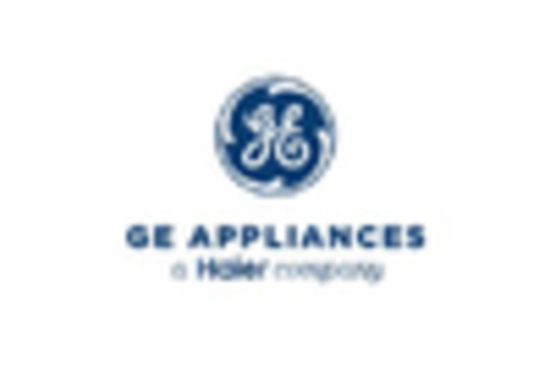
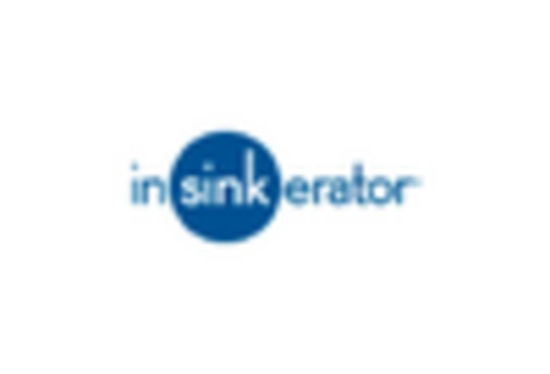

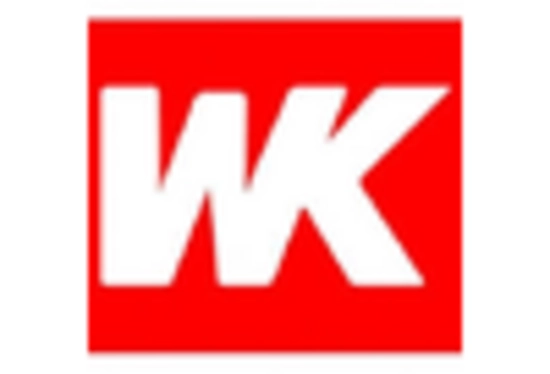









Leave a Comment